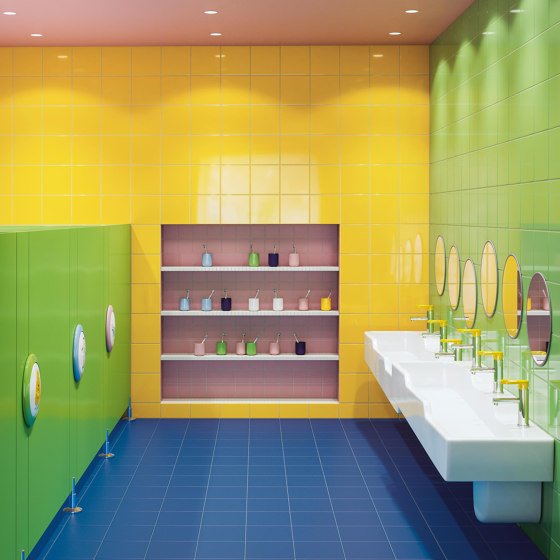The Forest Pavilion / IDS
The Forest Pavilion / IDS


Text description provided by the architects. Hadong Plaza which once was full of people in the 1970s lost its energy. Instead, the abandoned plaza became a parking lot as the number of cars increased. ‘1970 cultural center’ was built next to the plaza to memorize the old days, but it was not enough to revitalize the plaza again. For this small town, a place for gathering, resting, and playing is required so that various activities and events could occur by local people and tourists. Therefore, the plaza had to be transformed into “a plaza”.



To revitalize the plaza, we thought not only pavements and planting but something more should be inserted; a pavilion that can arouse people’s interest and make them come closer and touch it. We selected a 45cm X 45cm X 45cm 3D grid and Larch sourced locally as the main structure. We imagined every activity that can be occurred and to make them happen with the pavilion we repeated and scaled a module to various volumes. It looks like one massive mass from far that intrigues the eye and when you get closer, you will find it is a cluster of various sizes of space. This pavilion could be a bench, a daybed, a stair, a path, a shade, etc. Due to this more pedestrians would visit than cars.



On the ground level, different sizes of holes are connected inside the pavilion so that people can walk, or rest, and children can play hide and seek. Two stands are designed around the parking lot for special events like a live performance or an ice link. The upper level is connected to the 1970 cultural center’s terrace on the 2nd floor, so the pavilion connects the building and the plaza directly.

It was our first huge timber pavilion installed outside, so we had a few trials and errors. The module itself is simple but we tried two times of mockup tests and secured structural stability before the installation. A unique method of the joint is made for this pavilion. Two modules were assembled at once to prevent a structural issue even timber undergoes expansion and contraction. And steel connectors and half-lap are used to join 3 beams and a column, and the steel connector was invented for this project. Since timber may undergo expansion, contraction, and discoloration when it is outside, we used a wood stain that is strong against outdoor air and sun and suggested painting it regularly to prevent the transformation.








